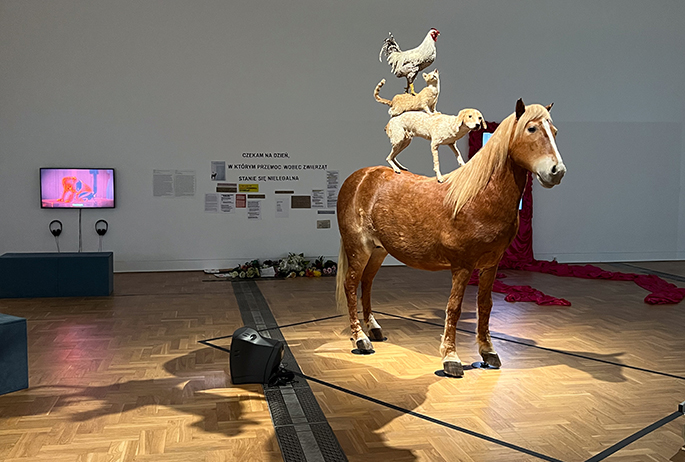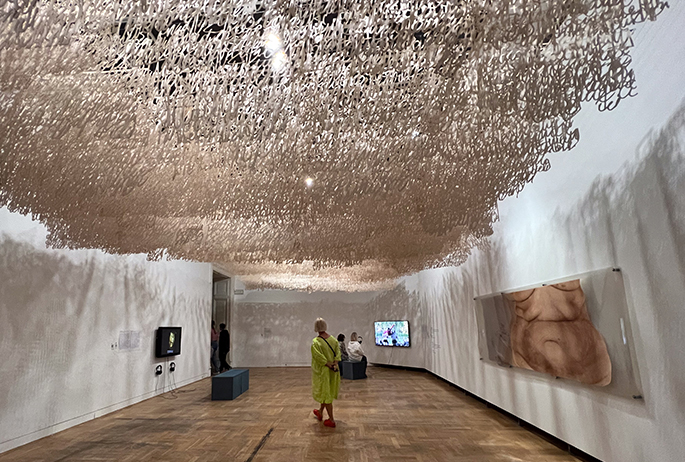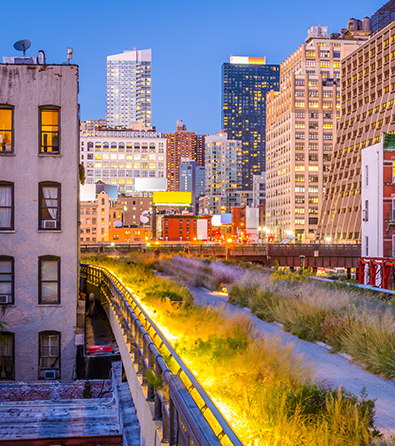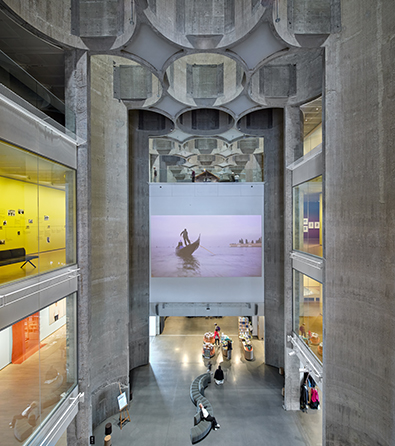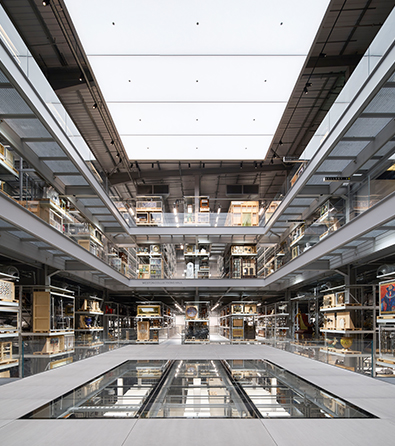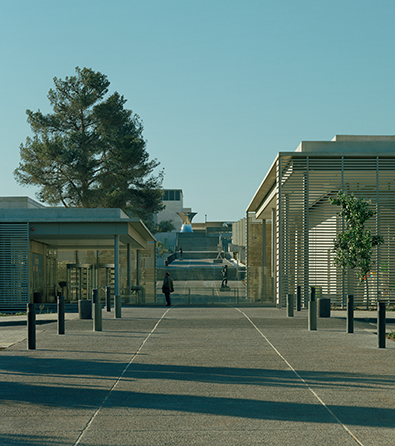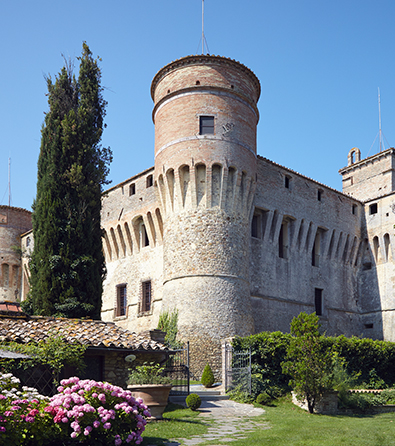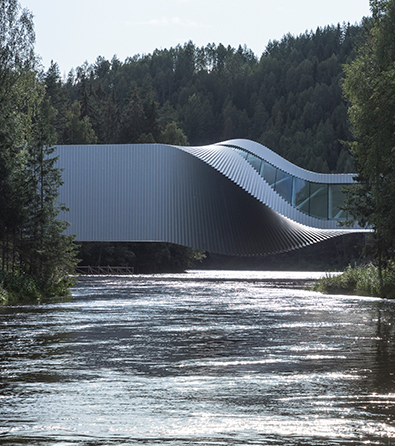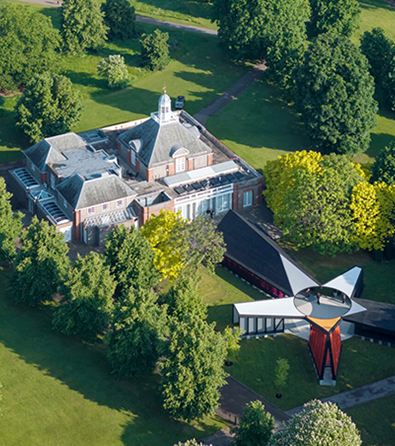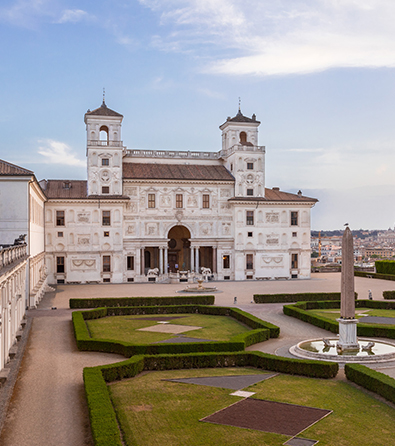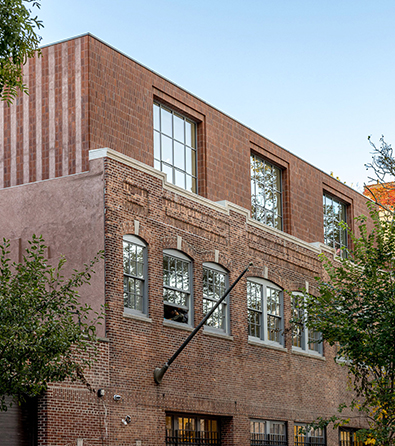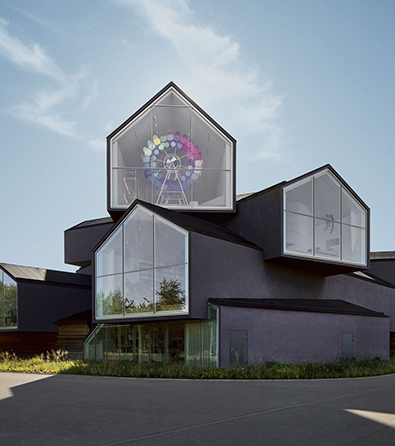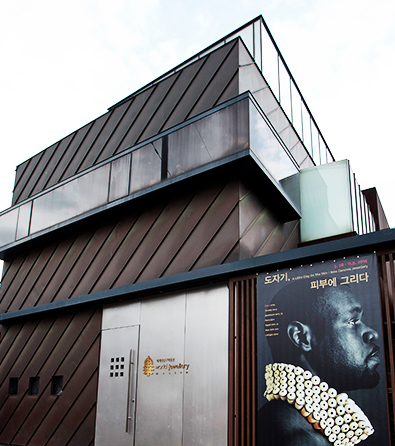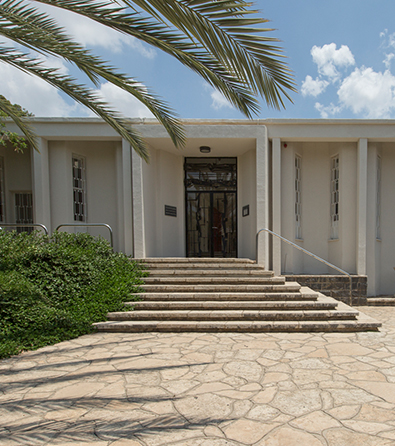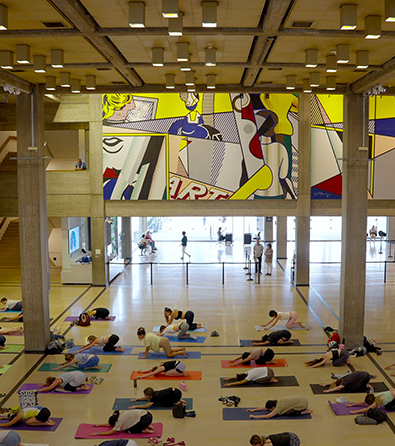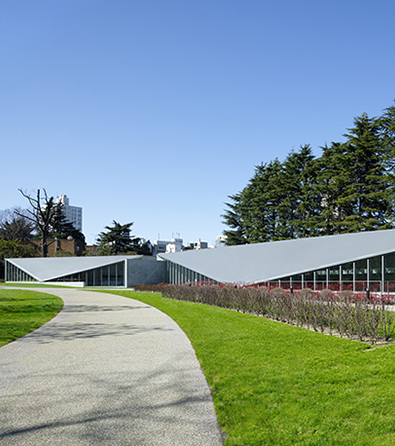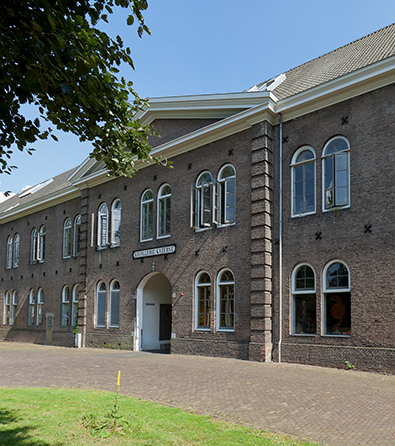The Zachęta National Gallery of Art is one of the most prominent and historic galleries in Warsaw, known for its influential role in the Polish art scene. It holds the distinction of being the first gallery in the Kingdom of Poland specifically dedicated to exhibiting Polish art. Since its inception, Zachęta has maintained its position as a leading cultural institution, showcasing contemporary art across a diverse array of media, including painting, sculpture, video art, and installations, featuring both Polish and international artists. Zachęta serves as a vibrant cultural hub, hosting a wide range of events such as book launches, artist talks, film screenings, and concerts. The gallery is celebrated for its dedication to presenting thought-provoking contemporary art that stimulates intellectual engagement and fosters meaningful social and cultural dialogue.
Established in 1860 by the Society for the Encouragement of Fine Arts in Warsaw (Towarzystwo Zachęty Sztuk Pięknych), Zachęta’s primary mission was to promote Polish art and support emerging artists at a time when Poland was partitioned among various European powers and lacked political independence. The name “Zachęta,” which translates to “encouragement” or “incentive” in Polish, aptly reflects the society’s central mission. The founding of the gallery was driven by a desire to provide Poland with an independent artistic platform that would convey its cultural heritage and national identity to an international audience.
The Society garnered substantial support from artists, intellectuals, and members of the nobility, establishing itself as one of Poland’s most significant cultural institutions. In its early years, the Society organized traveling exhibitions and offered financial support to artists through scholarships and awards. Concurrently, it laid plans for the construction of a permanent venue dedicated to Polish art. This vision materialized with the opening of the gallery’s grand building, designed by Polish architect Stefan Szyller, in 1900. The gallery quickly became a pivotal social and cultural hub, hosting art exhibitions, cultural events, conferences, and discussions, thus embedding itself into the very fabric of Warsaw’s cultural life.
During World War II, under Nazi occupation, Zachęta’s activities came to a complete standstill. The building was seized by the Germans and converted into the “Haus der Deutschen Kultur” (House of German Culture), a venue for Nazi propaganda events. Following the war, the gallery, which had suffered significant damage, was restored and repurposed as the headquarters of the Central Bureau for Art Exhibitions (Centralne Biuro Wystaw Artystycznych–CBWA). This bureau functioned as an instrument of the communist government, promoting its cultural and ideological agenda. During this era, the gallery hosted numerous exhibitions that conformed to the official cultural policy of the People’s Republic of Poland.
In the 1980s, as the communist regime in Poland began to lose its grip, Zachęta started to undergo significant changes. With the fall of communism in 1989, the gallery was renamed the Zachęta National Gallery of Art. Since then, it has evolved into an independent institution dedicated to the promotion of contemporary art. Today, Zachęta continues to play a crucial role in fostering artistic discourse, both within Poland and on the global stage, remaining a vital space for innovation and dialogue in the world of contemporary art.
In recent years, the Zachęta National Gallery of Art has continued to establish itself as a leading venue for contemporary art in Poland, showcasing a wide variety of exhibitions that engage both local and international audiences. The gallery does not have a permanent exhibition but focuses on temporary displays, often featuring cutting-edge works from Polish and international artists. Zachęta also hosts a variety of cultural events, including artist talks, workshops, and guided tours.
Zachęta National Gallery of Art has been involved in organizing the Polish Pavilion at the Venice Biennale since 1993. This involvement includes curating exhibitions and selecting artists to represent Poland at both the International Art Exhibition and the International Architecture Exhibition in Venice. This role has allowed Zachęta to play a significant part in promoting Polish contemporary art on an international platform, showcasing the work of prominent and emerging Polish artists to a global audience.
The Zachęta Project Room is a distinctive space that acts as a dynamic extension of the Zachęta National Gallery of Art, located nearby on Gałczyńskiego Street. This venue was established to provide a dedicated platform for experimental contemporary art, showcasing the works of both emerging and established artists, from Poland and abroad. The Project Room is specifically designed to host works created for the space, allowing artists the freedom to explore new ideas and experiment within a more intimate and adaptable environment than that of the main gallery. This flexibility encourages innovation and creativity, making the Project Room a vital part of Zachęta’s mission to promote contemporary art.
For our comprehensive cultural guide to Warsaw, please refer to the designated link provided.






